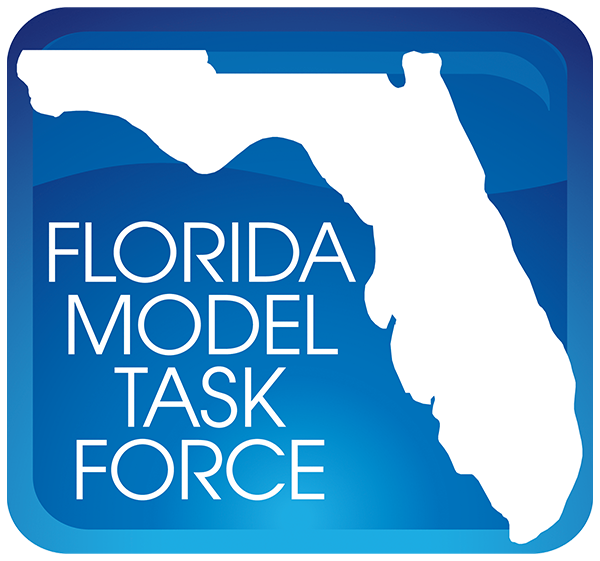

The Florida Standard Urban Transportation Modeling Structure (FSUTMS) is a computerized model package developed by the Florida Department of Transportation (FDOT) for planning and analysis of transportation systems. It has been used by all 26 Metropolitan Planning Organizations, FDOT Districts and other planning agencies in Florida. Currently FSUTMS models daily travel demand and then produces estimates of peak volumes through a simple post-processing routine. However, there are pressing needs to address planning issues and answer questions that are time-of-day (TOD) related. The daily-basis modeling framework is not competent for those tasks.
In recognition of the importance of modeling travel demand by time of day, FDOT has investigated the options for TOD modeling and recommended a post-distribution TOD factoring approach within the FSUTMS framework. As a continuation of previous efforts, the objectives of this research project are the following:
The above results may help improve the mdoeling practice in the state and enable analysts to develop effective travel demand management and transit oriented strategies. The reserach provides analysts a better understanding on the phenomenon of peak-spreading and how to capture both active and passive peak spreading. It may also benefit intermodal and multimodal planning in the state with providing estimates of travel demand by time of day. Consequently, transit agencies will be able to better plan and optimize their resources and services in response to the demand. The research will also help planning, evaluation and design of highway tolling for congestion mitigation.

